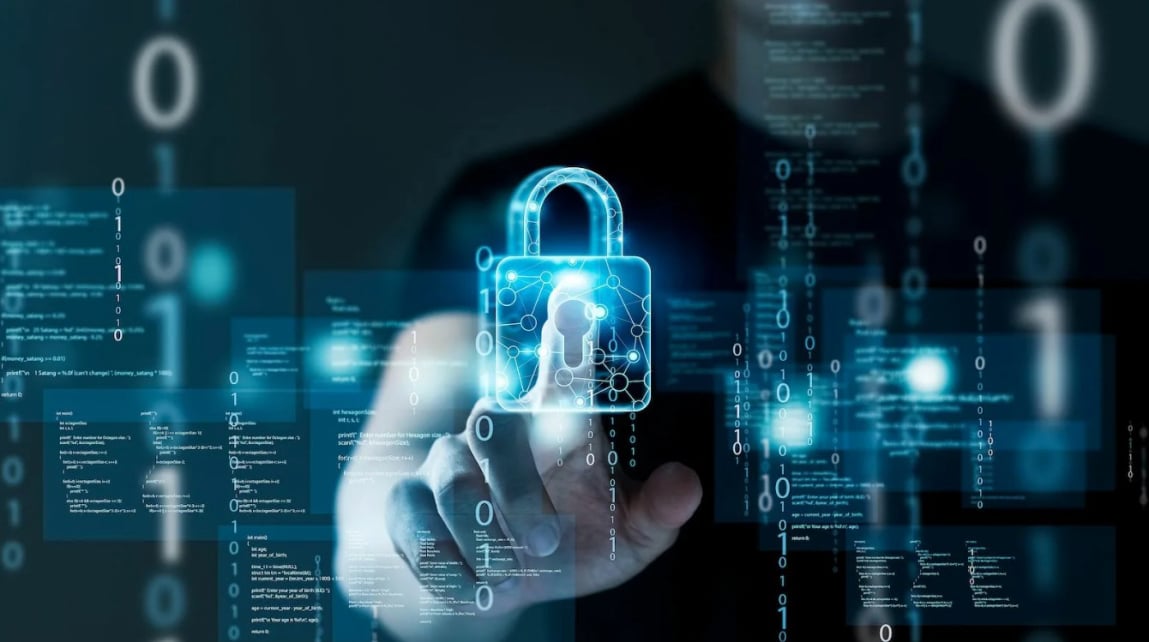Securing Your System: The Critical Importance of Viewing Hidden Files
In the realm of laptop security, what you can't see can most certainly hurt you. While the majority of hidden files are legitimate and essential for your system and applications to function correctly, this very feature is a double-edged sword. Cybercriminals often design malware to exploit this default setting, knowing that most users will never look beyond the surface. They hide malicious executables, scripts, and data archives in plain sight, relying on their invisibility to maintain a persistent presence on your device.
Many types of malware, including viruses, trojans, and ransomware, create or modify files and then assign them the hidden attribute to avoid detection during a casual inspection. If you never learn how to view hidden files in Laptop, these threats can reside on your machine indefinitely, stealing data, consuming resources, or waiting for a trigger. A routine security check is incomplete without this crucial step. It allows you to scan areas of your system that are otherwise overlooked, turning a spotlight on potential digital intruders.
Conducting a manual scan by learning how to show hidden files on Laptop is a powerful proactive security habit. Once you have enabled the visibility setting, you can navigate to key directories like the main user folder or root of the drive. Look for anything suspicious: files with strange names, double extensions (like "document.pdf.exe"), or folders that you know you didn't create. This hands-on approach complements your antivirus software, as some sophisticated threats are designed to evade automated detection.
The process to show Laptop hidden files is not just about finding malware; it's also critical for removing it completely. Many cleanup guides and antivirus tools, after identifying a threat, will instruct you to delete specific hidden files associated with an infection. Without the ability to make these files visible, you cannot follow these instructions effectively, leaving remnants of the infection that could lead to a recurrence. Complete eradication of a threat often depends on this capability.
Beyond malware, this skill helps you identify privacy risks. Family members, roommates, or anyone with temporary access to your laptop could hide sensitive personal documents, photos, or logs. Periodically choosing to show hidden files in Laptop allows you to audit your own device for any content that others may have concealed without your knowledge, ensuring your privacy is maintained and that you are fully aware of everything stored on your machine.
Ultimately, the ability to control file visibility is a cornerstone of personal cybersecurity. It shifts your role from a potential victim to a vigilant guardian of your digital space. By integrating this simple check into your regular maintenance routine—perhaps once a month—you build a stronger, more resilient security posture. It demystifies your laptop's operation and gives you the confidence that you are not overlooking the hidden corners where digital dangers often lurk.
